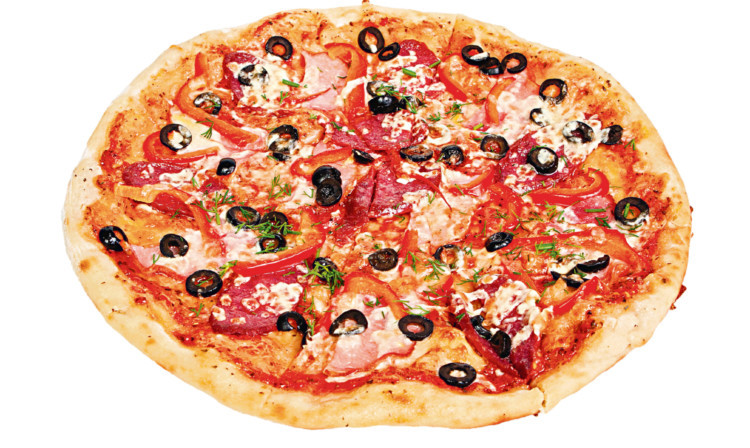
Hard-pressed ranks of shoppers will have to pay even more for their groceries to avoid falling victim to more fake food scandals, experts have warned.
Food producers and manufacturers will hike already sky-high prices to meet the demands of customers wanting to know they are eating exactly what they have paid for.
The warning comes after disturbing tests found mozzarella containing less than half real cheese, “ham” on pizzas made from poultry and frozen prawns that were half water.
Beef was being sold as pork and a “slimming” tea was found to contain a withdrawn drug used to
combat obesity.
David Young, who is a founding member of the Food Law group, said the scientists’ discoveries “highlight a problem in the UK that is going to be a long time solving.”
He said retailers driving down manufacturing costs to boost profits or to offer cheaper deals to customers were opening the door to rogue producers.
Experts are now warning that council budget cuts have led to less food testing in some areas a vacuum being exploited by the unscrupulous food fraudsters.
Consumers are also expecting quality food at cheap prices.
“In my view this is unsustainable,” said Mr Young, head partner of health and safety at law firm Eversheds. “Consumers will have to realise that they cannot have some foods all year round cheaply.
“They have to be sustainable and seasonal and, inevitably, that will mean prices going up.”
Mr Young’s comments come after West Yorkshire trading standards published the results of tests on 900 foods.
About 38% of the samples were not what they claimed to be. Dr Duncan Campbell, who carried out the testing, said the problem was nation-wide. “With the horse meat scandal 12 months ago, we saw that there were very complicated international food supply networks and fraud was happening somewhere in that system,” he said. “But even within the UK, there will be people committing food fraud while manufacturing food for the supermarkets. If they are based in a local authority which chooses not to sample food, then that problem can be extended nationally.”
He added: “I have absolutely no doubt that food fraud is happening in every local authority in the UK.”
Dr Campbell said there was a lottery on food sampling and testing, depending in which local authority it was being produced.
Many cash-strapped councils are choosing to spend money on other priorities, he said.
Dr Campbell said that, in the past five years, laboratories in Durham and Newcastle have closed. Trading standards teams in Lancashire and North Yorkshire were also facing cuts, meaning fewer resources to fight food fraud.
He said: “There needs to be somewhere to ensure that the financial resources from the centre get to the local authorities to cover sampling and testing of food businesses in their areas.”

Enjoy the convenience of having The Sunday Post delivered as a digital ePaper straight to your smartphone, tablet or computer.
Subscribe for only £5.49 a month and enjoy all the benefits of the printed paper as a digital replica.
Subscribe